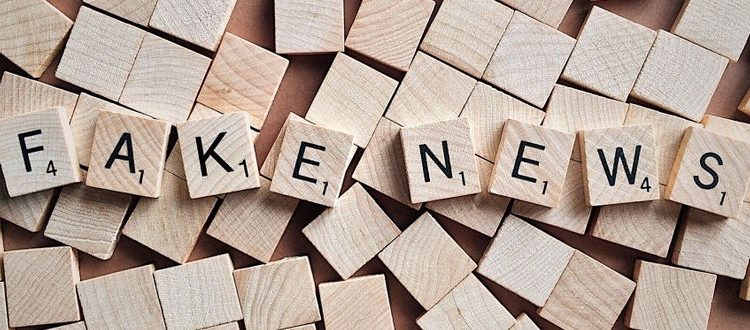Can Open Science Fight the Fake News Epidemic?

You’ve probably become a victim of fake news at some point in time. For instance, in the final three months of the U.S. presidential campaign, Facebook generated more engagement from fake news sources in comparison to legitimate sources, such as the New York Times, Huffington Post, and Washington Post. During this critical period, election stories from hoax sites garnered about 8,711,000 shares. As a scientist, fake news can become a big problem. Fake news sites are not likely to shut down; instead, they will find new ways to grab the attention of readers’. For instance, fake news about vaccines, climate change, and other hot topics have already generated a huge amount of clicks and shares.
The Effect of Fake News
Research shows that people are more likely to believe what they read when it already confirms their pre-existing beliefs. Therefore, merely reading fake news already predisposes you to misinformation. Even more alarming is the fact that we read more fiction. When we read fictional stories, we also remember bits of information, allowing us to make deductions about how the world works. One of the things to blame for retaining fake news is how we form memories. We are more likely to remember and believe things that we constantly see and are repeated, like on Facebook or Twitter, for instance. The problem of fake news isn’t just political, it’s scientific as well.
Fighting the Fake
Fake news isn’t just annoying—it also decreases the public’s trust in science. This is especially true in underdeveloped countries, where educational and scientific literacy remains low. This makes a strong case for science education and media literacy, especially in the digital era where most news is accessed through social media platforms. Therefore, it is certainly a challenge for the major social media platforms, such as Twitter, Instagram, and Facebook to strengthen their platforms against this growing epidemic. Do you use these platforms to access news? If so, you should be extra careful.
In a study entitled “Inoculating the public against misinformation about climate change,” scientists compared the spread of fakes news and misinformation to a virus. The study highlights two scenarios: first, participants who were presented with fake news and scientific information were more likely to believe the fake news; second, if the same fake news was accompanied by warnings, then it was less likely to be believed.
Open Access Can Help Combat Fake News
One possible solution to this problem is disseminating real, open access science. For instance, in August 2016, it was announced that NASA would be opening their research library to the public, called NASA PubSpace. The readings contained in this database are research articles that can be accessed without any third-party. ScienceMatters is another publishing company that endeavors to change people’s perspectives on science. They provide a platform for accessing scientific research. On the other hand, Nature covers just about any topic and has a news section hosted by experts in the field.
Science and journalism have the same goal, which is to separate fact from fiction. Open science is one possible means to combat the problem of fake news. There are a number of ways to protect the public against fake news and open science is fighting back with full force. The publication of false information also called “predatory publishing,” has grown. Sources show that 25% of all scholarly journals were deemed as predatory, as of 2016. The Gates Foundation, which has an open access policy, supports the open access movement. Open access aims to ensure that authentic research is distributed as much as possible, without much cost since scientific knowledge must be made accessible to all.
Helping Researchers and the Scientific Community
The scientific community will benefit from making research more open, especially in the advent of fake news. In addition, there are several things that you can do to help.
- Engage in conversations and make open science more widespread.
- Build solid foundations for reproducibility of research. Sharing laboratory data with the public can make open science and the dissemination of authentic information more plausible.
- Share small things. Open access is not just about disseminating large chunks of data, but also sharing tools and techniques.
- Become creative. For example, data from your research should benefit the public as well as the scientific community. It includes an obligation for communicating the findings to the public.
- Stay informed and up to date. Open data sharing tools and platforms related to it improve all the time.
Fake news is definitely undesirable. Preventing yourself from falling prey to fake news is not as easy as it sounds, however it is not impossible. So, what steps have you taken to support open access and open science in dealing with this epidemic?









